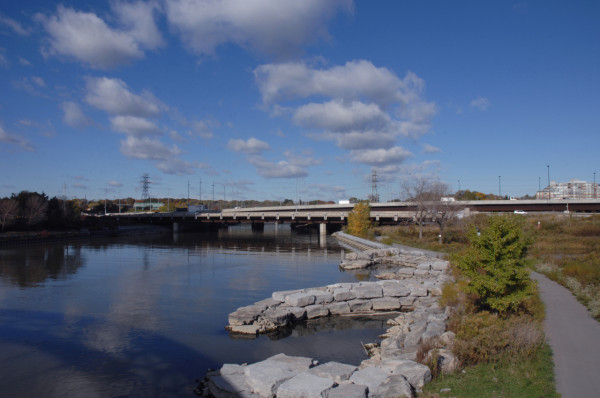The Humber River: an urban success story
Local efforts have helped the Humber River, showing urban rivers can be healthy
The rivers of Toronto have been a part of the city’s story for centuries: there is evidence of human settlement from as far back as 10,000 – 7,000 BCE. In 1999, the Humber was aptly designated a Heritage River, opening the door for a concerted effort to conserve the river because of its cultural and natural values.

The Humber is in the backyard of over three million people and as an urban river, faces unique challenges. The Humber supports our business, recreational, and recreational activities, raising an important question: How do we balance the needs of our cities and the environment on which we depend? WWF was keen to explore this question through our Freshwater Health Assessments, a chance to begin to understand the impacts of our activities to the health of our waters.

The Humber’s overall health was found to be fair – a strong rating for an urban river. This is thanks largely to support from its strong community groups and organizations, like the Toronto and Region Conservation Authority, committed to improving the health of the river. Indicator scores were: water flow = fair, water quality = good, native fish species richness = good; and bug community = fair.
This wasn’t always the case. It has taken many years of work from many committed individuals and groups to repair the damage done to the Humber over the years, and to build consideration for the river into local planning efforts.

The Humber is an example of how cities and nature can succeed together. With the right resources and support, we can improve our long history with our rivers, ensuring healthy waters across our country.
